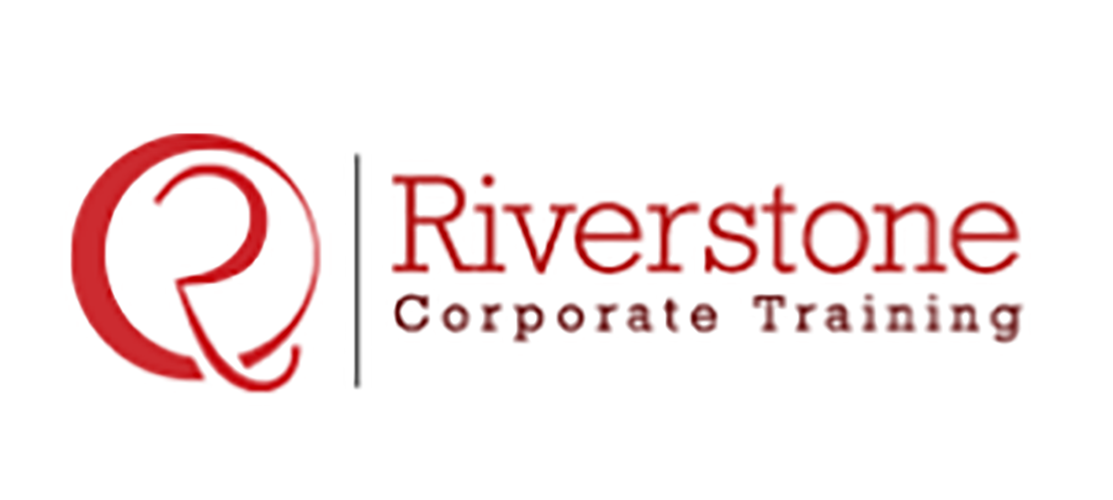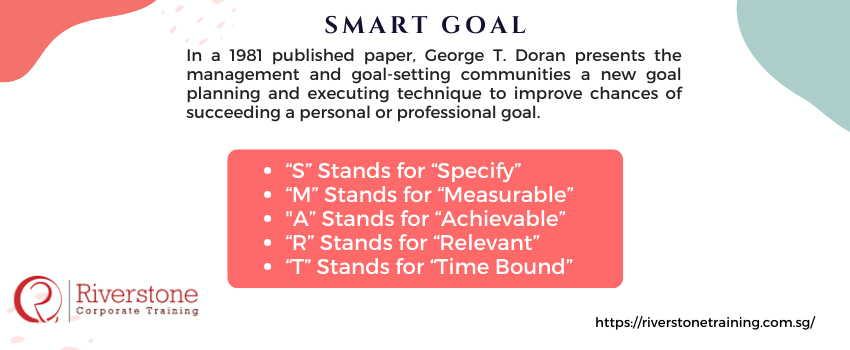
SMART Goal
In a 1981 published paper, George T. Doran presents the management and goal-setting communities a new goal planning and executing technique to improve chances of succeeding a personal or professional goal.
Writing out management objectives and goals can seem a mountain of a task to climb. But by utilizing SMART goals, you may improve the chance of goal completion. This goal writing technique provides all pieces of a flowing goal in one organized and easily accessible and editable place. Anytime you’re looking to set a goal, personal or professional, it’s a good time to write out a SMART goal.
What does S.M.A.R.T. stand for?
“S” Stands for “Specify”:
Always ask the big “w” questions when writing out a goal. The “S” stands for being specific. If the goal is generalized, it looks less attainable, therefore less likely to succeed. This also creates accountability for the writer, so ask the ‘w’ questions
- Who? Who should be or needs to be involved in the achievement of the goal?
- What? Go all out. Get detailed. What is it exactly that is to be attained?
- When? For right now, it’s good to consider and get an approximate timeframe. Deeper investigation into timeframe will come a little later in the SMART goal process.
- Where? If it’s a personal goal, dismissing this question is fine. If not, at least consider and jot down what you know about the location(s).
- Why? Why this goal?
- Which? Here’s a consideration point for any possible obstacles which need to be overcome.
“M” Stands for “Measurable”:
Keeping track of all the processes and moving parts to the goal all in one place will be of immense help. Here, the question “How will you measure your progress?” is asked. Options regarding metrics and milestones are good to consider now.
“A” Stands for “Achievable”:
How bad do you want to achieve this goal? Through the process of attaining your goal, you’ll probably have to learn more skills and possibly change your attitude or views. This isn’t easy for most people. Achieving a goal is hard work, if it wasn’t, you’d have already got it done. But who else is better to achieve your goal?
“R” Stands for “Relevant”:
Does this goal make sense? With everything else going on in
“T” Stands for “Time Bound”:
It’s a challenge when a goal needs to hit a certain deadline, but necessary to plan out for ease of execution. It’s important to ensure the timeline settings coincide with the other moving parts of the goal you manage. This is the time to pull your team together to come up with proper achievement times and create more milestones to achieve throughout the whole process.
SMART Goal Organization
Be prepared to ask both yourself and your team members numerous questions when writing up your SMART goal. This will enable you to fine-tune your plan, set realistic time boundaries, and better gauge the overall outcome. You should come into creating a SMART goal with a serous attitude. Take each step seriously; really consider each piece of the goal, so there are minimal surprises along the way causing setbacks. Creating a SMART goal should be an enlightening experience, not a scary one. After all, growth is a good thing, right?
Once you’ve got all your details thought out and questions answered, its time to get the data organized. A common tool used to keep track of your goal is called Smartsheet. Included in Smartsheet is a real-time goal tracker representing all aspects of the plan and goal laid out in a readable way. Having an organized and detailed timeline of events increases awareness to what needs to happen when, and who needs to do what. Form the proper connections or collaborations and hold yourself and your team accountable for the written plan of action.



